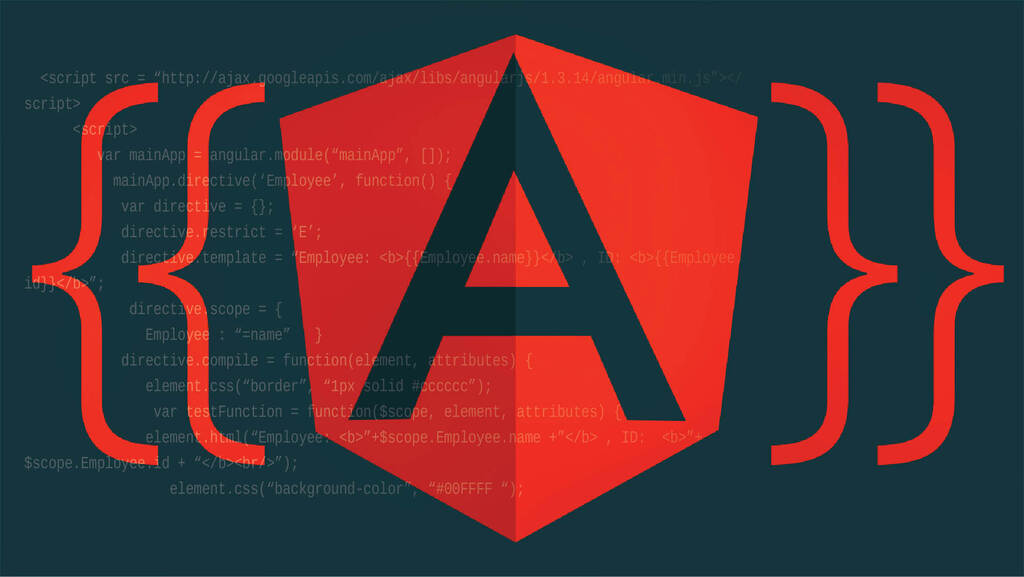When it comes to web development, choosing the right technology is critical for the success of your project. With so many options available, it can be challenging to decide which one is the best fit for your needs. Laravel and Angular.js are two popular frameworks that have gained much attention in recent years. In this article, we’ll compare the two and explore their strengths, weaknesses, and use cases.
Laravel

Laravel is an open-source PHP framework that was first released in 2011. It has gained a lot of popularity among developers in lovata and other reputable agencies for its simplicity and elegance, making it an excellent choice for building web applications.
Strengths of Laravel
One of the strengths of Laravel is its routing and middleware capabilities. It provides an easy-to-use routing system that makes it simple to define the routes for your application. Plus, middleware allows you to add extra functionality to your application’s HTTP requests and responses, such as authentication and caching.
The framework also comes with a powerful templating engine called Blade, which allows building dynamic and reusable views for your application. It enables developers to write clean and elegant PHP code while providing powerful features such as template inheritance, control structures, and easy-to-use syntax.
Besides, Laravel’s Eloquent ORM provides an intuitive and expressive way to interact with databases for data management. Thanks to it, it’s easy to perform database operations such as querying, inserting, updating, and deleting records.
Weaknesses of Laravel

One of the downsides of Laravel is its steep learning curve, especially for developers who are new to PHP or web development in general. The framework has many features and concepts to learn, which can be overwhelming for beginners.
Additionally, Laravel requires server resources to run, which means that it may not be the best choice for small or low-budget projects. While it is a powerful backend framework, it has limited frontend capabilities, which means that developers may need to use other tools or frameworks to build the front end of their applications.
Use Cases for Laravel

Laravel is an excellent choice for building complex web applications that require robust backend functionality. It is commonly used for
- e-commerce platforms
- social media applications
- content management systems
- and other large-scale applications.
Some popular examples of companies that have used Laravel for their projects include Etsy, Toyota, and Buffer.
Here is a summary of key points to consider about this framework:
| Strengths | Weaknesses | Use cases |
|
|
|
Angular.js

Angular.js is a JavaScript framework developed by Google. It has become popular in recent years due to its ease of use and powerful features. It is often used by Expertremote developers for building single-page applications and has a robust ecosystem of libraries and tools.
Strengths of Angular.js

One of the strengths of Angular.js is its two-way data binding. This feature allows changes to the model to be automatically reflected in the view and vice versa. With its help, one can build complex applications with real-time data updates and reduce the amount of boilerplate code needed.
Angular.js likewise has a powerful MVC architecture that is of great help when it comes to organizing and maintaining large-scale applications. Plus, its dependency injection system makes it easy to reuse code and create modular components.
The framework’s rich set of features, including directives, filters, and services is another great plus when it comes to building complex applications quickly.
Weaknesses of Angular.js

One limitation of Angular.js is that it is fairly complicated: there are many concepts and features to learn, and it can take some time to get up to speed.
Besides, Angular.js has a steep learning curve compared to other JavaScript frameworks such as React or Vue.js. For newbies, it can be challenging to understand the framework’s architecture and how to use its various features effectively.
Finally, Angular.js has a relatively large footprint, which means that it can be slower to load and may not be the best choice for small or low-budget projects.
Use Cases for Angular.js

Angular.js is a perfect pick for building dynamic, single-page applications that require real-time data updates and complex user interfaces. It is commonly used for
- real-time applications
- single-page applications (SPAs)
- and e-commerce platforms.
Some popular examples of companies that have used Angular.js for their projects include Microsoft, Google, and NBC.
The table below provides a summarized view of this framework.
| Strengths | Weaknesses | Use cases |
|
|
|
Laravel vs Angular.js: Which One Should You Choose?
When choosing between Laravel and Angular.js, there are several factors to consider, including the project’s requirements, the team’s skills, and the budget.
1. Project Requirements
If the project requires a robust backend with advanced database functionality, Laravel may be the best choice. On the other hand, if there is a need for a dynamic, single-page application with complex user interfaces, Angular.js may be a more suitable option.
2. Team Skills
If the team has experience with PHP and backend development, they will be more comfortable working with Laravel. Likewise, if the team has experience with JavaScript and frontend development, Angular.js may suit them better.
3. Budget
Laravel requires server resources to run, which means that it may be more expensive to host and maintain. In contrast to this, Angular.js is a client-side framework that runs in the user’s browser.
Examples of Successful Projects That Used Angular.js or Laravel
Laravel and Angular.js are both widely used web development frameworks that have been employed successfully in numerous projects across various industries. Here are some examples of companies that have successfully used these frameworks:
Laravel Success Stories:
- Etsy, the online marketplace for handmade and vintage goods, used Laravel to build its popular blog.
- BBC, the British public service broadcaster, used the framework to develop its internal content management system (CMS).
- Toyota, the Japanese multinational automotive manufacturer, turned to Laravel to build its vehicle configurator tool.
Angular.js Success Stories:
- Weather.com, one of the largest weather forecasting websites, used Angular.js to build its highly interactive and responsive user interface.
- PayPal, the global online payments system, developed its merchant onboarding platform based on the framework.
- The Guardian, the British daily newspaper, relied on Angular.js when building its award-winning interactive news application.
To Wrap Up
In conclusion, both Laravel and Angular.js are powerful frameworks that are excellent choices for building web applications. The former is best suited for building robust backends with advanced database functionality, while the latter is a better fit for building dynamic, single-page applications with complex user interfaces. By carefully considering the specific needs of your project, you can choose the framework that is right for you!
In case you missed it!











